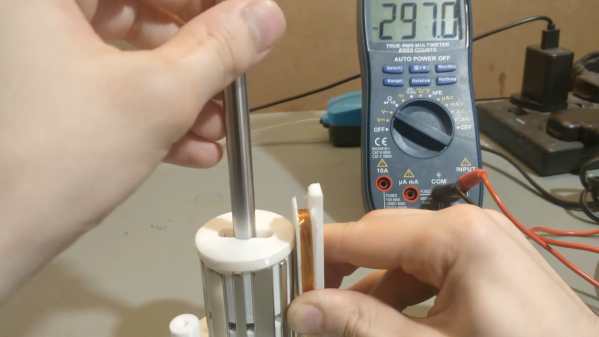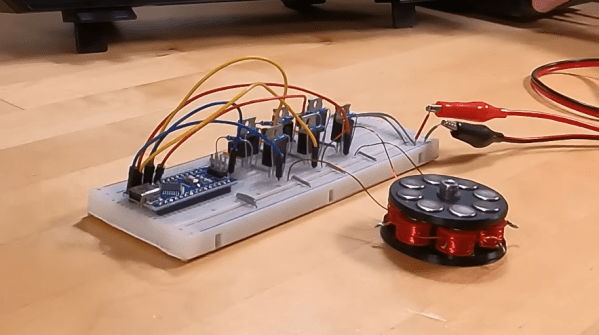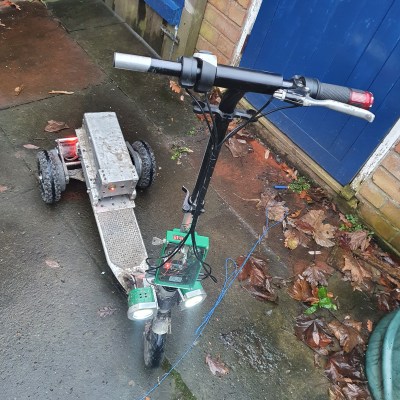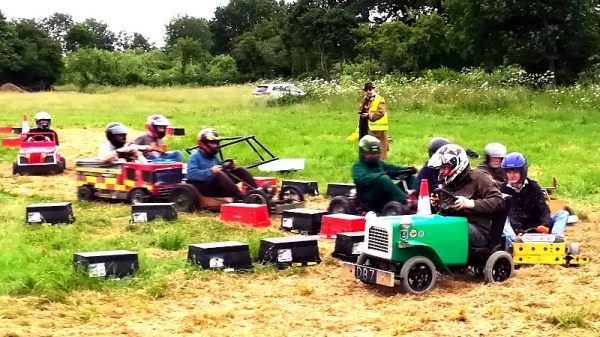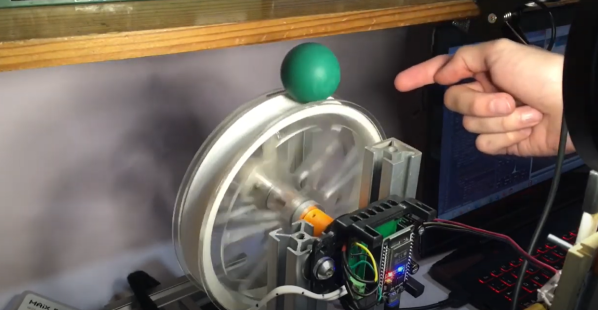What is a brushless ESC, really? Well, generally, it’s usually a microcontroller with a whole lot of power transistors hanging off it to drive three phases of brushless motor coils. [Frank Zhao] realised that with a little reprogramming, you could simply use a brushless ESC to independently run two brushed motors. Thus, he whipped up a custom firmware for various AM32-compatible ESCs to do just that.
The idea of the project is to enable a single lightweight ESC to run two brushed motors for combat robots. Dual-motor brushed ESCs can be hard to find and expensive, whereas single-motor brushless ESCs are readily available. The trick is to wire up the two brushed motors such that each motor gets one phase wire of its own, and the two motors share the middle phase wire. This allows independent control of both motors via the brushless ESC’s three half-bridges, by setting the middle wire to half voltage. Depending on how you set it up, the system can be configured in a variety of ways to suit different situations.
[Frank’s] firmware is available on Github for the curious. He lists compatible ESCs there, and notes that you’ll need to install the AM32 ESC firmware before flashing his version to make everything work correctly.
The VESC project has long supported brushed motor operation, too, though not in a tandem configuration. Meanwhile, if you’ve got your own neat ESC hacks, don’t hesitate to hit us up on the tipsline!



